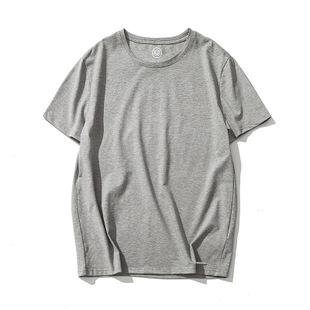The edge fields of textile technology involve many innovative technologies and cutting-edge research. The following are some cutting-edge technologies of textile innovation technology:
1. 3D printing Textiles: The application of 3D printing technology in textile manufacturing is gradually being explored and promoted. Through 3D printing, fiber materials can be directly transformed into complex textile structures, enabling the rapid manufacture of highly personalized clothing and textiles.
2. Smart textiles: With the continuous development of smart technology, smart textiles with sensors, electronic components and intelligent control systems embedded in textile materials are gradually becoming more and more popular. Appear. These textiles can sense environmental changes, collect data, and interact with the outside world. They have functions such as temperature regulation, humidity control, antibacterial and deodorization.
3. Nanotextiles: The application of nanotechnology in the field of textiles has also attracted widespread attention. Nanotextiles can improve the properties of textiles through the use of nanoscale materials, such as waterproofing, dustproofing, UV resistance, antibacterial, etc. In addition, nanotextiles can also have functions such as keeping warm and improving blood circulation.
4. Biodegradable textiles: Biodegradable textiles are an emerging research direction in recent years. By using biodegradable materials to manufacture textiles, environmental pollution can be reduced and sustainable development can be achieved. These textiles can naturally decompose under certain conditions, reducing negative impact on the environment.
5. Reactive dyeing technology: The traditional dyeing process often requires a large amount of water and chemicals, causing serious pollution to the environment. Reactive dyeing technology uses new dyeing agents such as low temperature, solvent-free and renewable dyes to achieve environmental protection and energy saving in the dyeing process.
6. Biotechnology applications: Some textile manufacturers have begun to use biotechnology to improve the performance of fibers and fabrics. For example, genetic engineering technology is used to cultivate cellulose fibers with special functions, such as antibacterial, moisture wicking, etc.
The above is only part of the textile innovation process. Technological innovation in the textile industry has been constantly advancing, and more eye-catching cutting-edge technologies will emerge in the future.







